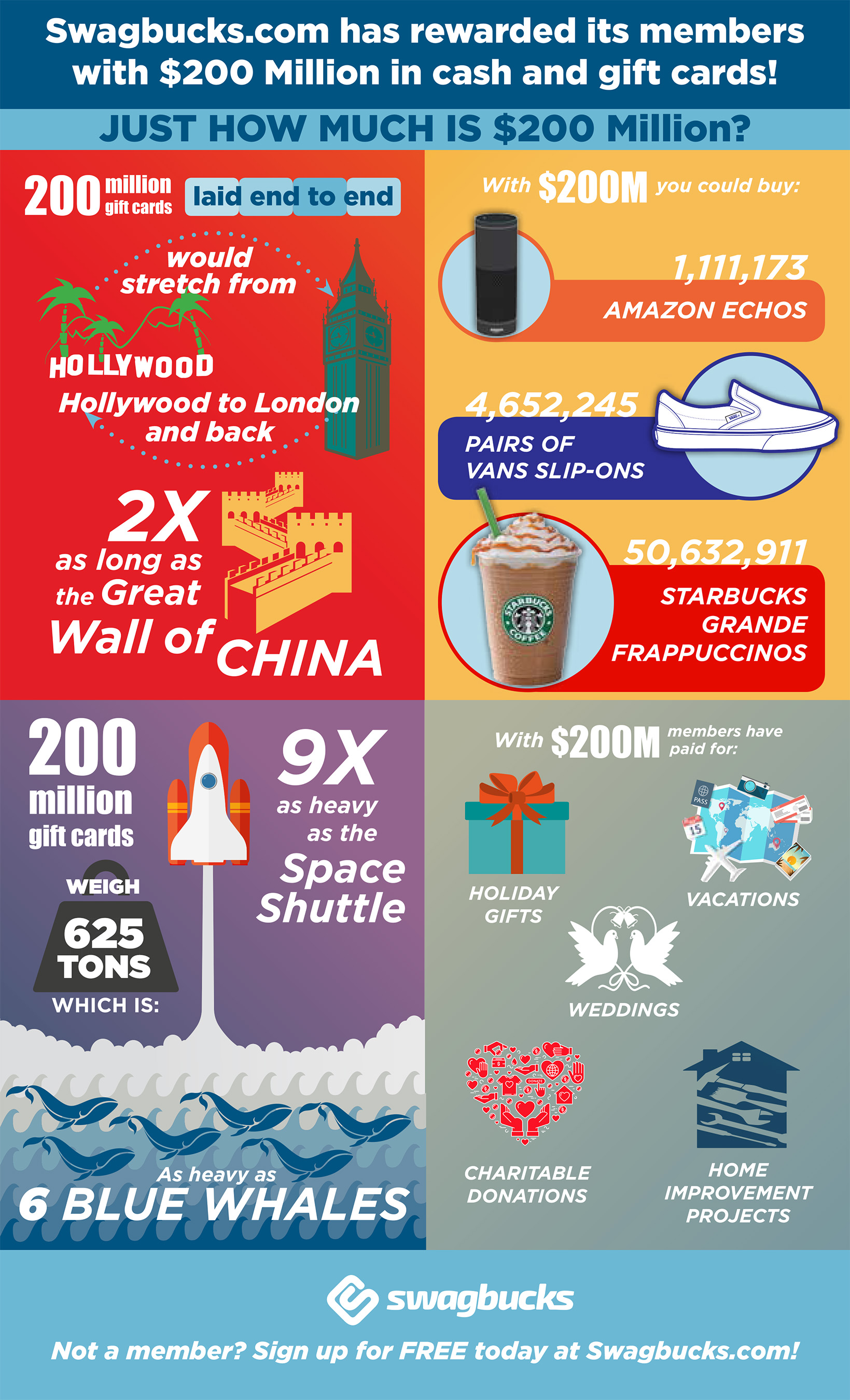Personalized glass items can share a feeling of refinement, style and brand identity. Font selection plays a key role in establishing the tone of an engraving, especially when creating corporate gifts or milestone celebrations.
Modern sans-serif fonts provide a well balanced visual for engravings that convey advancement or forward-thinking brand name identities. Try pairing them with traditional serifs to bring an extra artistic flair to your styles.
1. Flared or Streaming Information
Inscribing on glass offers a range of style alternatives. For rounded objects, such as bottles or jars, utilizing a rotating add-on allows for consistent and even etching throughout the surface area. Inscribing from the inside of the glass enables a much more subtle, ornamental appearance or perhaps a full-color paint fill.
Playful fonts evoke energy and charm, making them excellent for brand names that intend to stand out and resonate with audiences. The overlapping, interlocking and weaving of letterforms produce a feeling of activity or deepness in typography that records the target market's attention and intrigue.
Legibility is an essential element to think about when selecting a font style for glass inscription. Picking the appropriate dimension, weight and spacing permits very easy analysis at any kind of angle or range. Font design additionally contributes, with manuscript and attractive typefaces offering a formal or elegant look, while handwritten fonts offer a more individual touch. Variable fonts enable developers to include a selection of designs and weights in a file, which aids keep uniformity and makes sure that the message or graphics are still readable.
2. Distorted or Altered Type
Embedding distorted text within a design is an effective way to add personality and make the layout attract attention. This design has actually ended up being especially prominent for logos and short taglines, as it produces a sense of personality while also showing up modern-day and special.
Glass distortion is an usual issue that can happen during production, processing or installment of bent glass panels. It can be brought on by the level panel being rolled into a rounded shape, bending the glass while warming it or throughout setup.
One method to decrease the occurrence of glass distortion is by using a high-quality curved laser engraving maker with a rotary accessory. This method enables you to trace the surface area of the curved panel with a pen and then gauge the distortion. After that, you can utilize this details to develop suitable tolerances for the curved panel. This procedure is time consuming, nevertheless, and would be more reliable if maybe automated.
3. Unwinded Typography
As homes and offices change in the direction of minimalist visual appeals, etched glass offers a classy choice for adding texture to a room. Its subtle sports-themed engraved glass beauty is excellent for a modern-day interior design and complements the most up to date glass production patterns.
Utilizing CNC laser technology, detailed patterns can be etched right into glass surfaces, with layouts varying from geometric to organic. This freedom permits designers to create one-of-a-kind, creative work and satisfy a vast array of applications.
Unlike other decorative products, engraved glass is attractive and connects with light to change the ambiance of an area. This characteristic draws in a particular niche market of collection agencies and elevates glass wares to the condition of art. The global glass inscribing market is growing as a result of the increasing demand for tailored gifts and bespoke building aspects. Technological innovations and the rise of on-line markets are also driving market development. However, the high first investment costs of sophisticated glass engraving makers limit market infiltration.
4. Illegible Kind
Engraved glass is an attractive and practical kind of art that evokes a classy feel. From engraving the couple's names on wedding sparkling wine glasses to developing business honors, etching glass is a preferred and flexible means to create an one-of-a-kind product for individual or business use.
Glass engraving is generally done by utilizing among a number of methods, consisting of sandblasting, acid etching, and laser inscription. Sandblasting is widely used for high-volume production, balancing cost-effectiveness with quality, while acid etching offers higher degrees of information and accuracy for even more costs applications. Laser inscribing supplies one of the most adaptability and rate for mass modification of glass items, driving technology in the sector.
Picking the appropriate laser engraver for glass can make all the distinction in your ended up item. The Gweike Cloud Pro, as an example, is a wonderful selection for specialist glass laser inscription, with its industrial-grade parts, bent inscription abilities, and wise batch processing. Adding dampened paper towel or application tape to your work area can additionally aid protect against the surface area from coming to be harsh, making sure a smoother and much more constant engraving.
